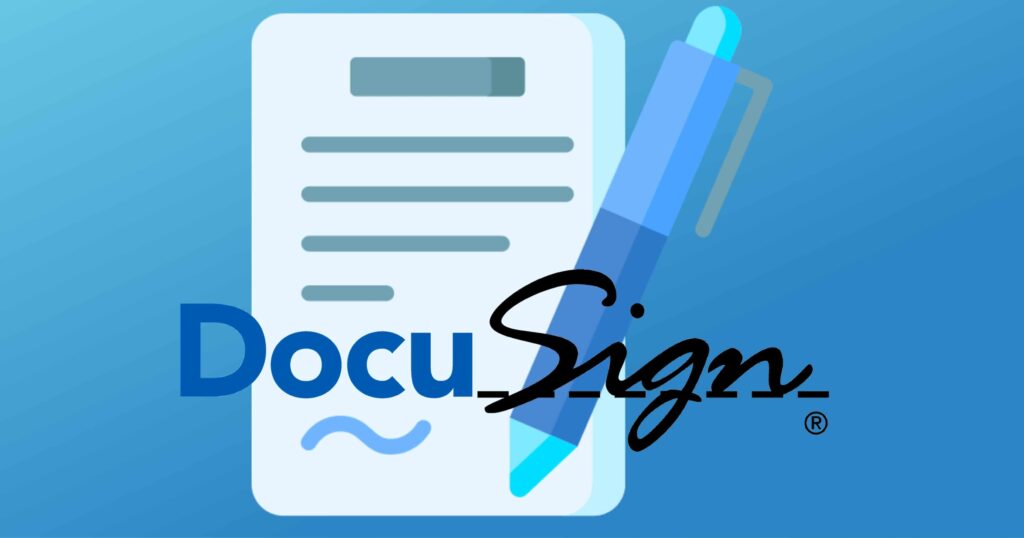Data breaches are a major problem facing modern businesses. Personal identifiable information (PII) is often the target of malicious individuals and organizations. Many of these data breaches are attributed to a technique called phishing. Phishing is a form of cyber attack that tricks users into sharing confidential information such as passwords, credit card numbers, and bank account details. It is a growing problem that is responsible for a large portion of data breaches.
This article will explore the role that phishing plays in data breaches involving PII. It will discuss the methods used by attackers to gain access to confidential information and the steps that businesses and individuals can take to protect themselves from these attacks. We will also look at the impact of data breaches caused by phishing and the potential consequences for businesses and individuals. Finally, we will discuss the strategies that organizations can use to reduce the risk of such attacks.

Is Phishing Responsible for PII Data Breaches?
Phishing is an increasingly popular method of hacking that is used to gain access to confidential information. It involves sending malicious emails to unsuspecting users, which typically contain malicious links or attachments that can be used to gain access to personal information such as passwords and financial data. As phishing attacks become more sophisticated, they are becoming increasingly successful in compromising private information. This raises the question: Is phishing responsible for PII data breaches?
What is Phishing?
Phishing is a type of cybercrime in which malicious actors send emails that appear to come from legitimate sources, such as banks or other organizations. The emails typically contain malicious links or attachments that can be used to gain access to personal information. Phishing attacks can be targeted at individuals or organizations, and the goal of the attack is to get the recipient to click on the link or attachment, which can then be used to gain access to the victim’s private information.
Phishing can be used to gain access to passwords, credit card information, and other forms of personal information, which can then be used to commit financial fraud or identity theft. Phishing attacks are becoming increasingly sophisticated, and they are becoming increasingly successful in compromising private information.
How Does Phishing Lead to Data Breaches?
When a phishing attack is successful, the malicious actor is able to gain access to the victim’s personal information. This information can then be used to commit financial fraud or identity theft, or it can be sold on the dark web. If the information is used to commit financial fraud, it can lead to the victim’s bank accounts being drained and their private information being distributed on the internet.
Phishing can also be used to gain access to an organization’s private information. If a malicious actor is successful in gaining access to an organization’s private information, they can use it to commit fraud or to sell it on the dark web. This can lead to a data breach, which can have serious consequences for the organization’s reputation and financial health.
How Can You Protect Yourself From Phishing?
The best way to protect yourself from phishing attacks is to be aware of the risks and to take steps to protect yourself. When receiving emails from unknown sources, it is important to be cautious and to verify that the sender is legitimate. It is also important to be aware of the common signs of a phishing attack, such as misspellings, suspicious links, and requests for personal information. Additionally, it is important to use strong passwords, to use two-factor authentication when possible, and to be aware of the latest security threats.
It is also important to be aware of the signs of a data breach, such as an increase in spam emails, an increase in suspicious activity, or a sudden change in passwords. If you suspect that your personal information has been compromised, it is important to take steps to protect yourself, such as changing your passwords and monitoring your credit report. Additionally, it is important to report any suspicious activity to the proper authorities.
Conclusion
Phishing is an increasingly popular method of hacking that is used to gain access to confidential information. While it is not always responsible for data breaches, it can be used to gain access to an organization’s private information, which can then be used to commit fraud or to sell it on the dark web. To protect yourself from phishing attacks, it is important to be aware of the risks and to take steps to protect yourself. Additionally, it is important to be aware of the signs of a data breach and to take steps to protect yourself if you suspect that your personal information has been compromised.
Frequently Asked Questions
Phishing is a type of cyberattack that uses deceptive emails and websites to gain access to private information, such as passwords, account numbers, and other personal data. It is one of the leading causes of data breaches and is responsible for the loss of millions of dollars in revenue each year. In this article, we will answer the question “Is phishing responsible for PII data breaches?”
Is Phishing Responsible for PII Data Breaches?
Yes, phishing is responsible for a large number of PII (personally identifiable information) data breaches. This type of attack targets users with deceptive emails and websites that may look legitimate, but are actually malicious. The malicious emails and websites can contain links that lead to malicious software, which can then steal information such as passwords, account numbers, and other sensitive data. Phishing attacks can be targeted or untargeted, meaning they can be sent to a single user or to a large group of users.
Once the malicious software is installed, it can be difficult to detect and can cause serious damage. The stolen data can be used to commit fraud or identify theft, or it can be sold on the dark web. This makes it important for individuals and businesses to be aware of the dangers of phishing attacks and take steps to protect their data. This includes having strong passwords, using two-factor authentication, and being wary of suspicious emails or websites.

In conclusion, it is clear that phishing is one of the primary causes of PII data breaches. Phishers can use personal information to commit financial fraud, identity theft, and other malicious acts. Companies and organizations must take steps to combat phishing, including educating employees and implementing anti-phishing strategies. Additionally, individuals must protect themselves by being aware of phishing and avoiding clicking on suspicious links or providing personal information.
It is essential for businesses to recognize the potential risks associated with a data breach and implement effective security measures. With the right steps, organizations can reduce their risk of a data breach and protect their customers and employees. By better understanding the threats posed by phishing, organizations and individuals can take steps to protect their data and stay safe online.


